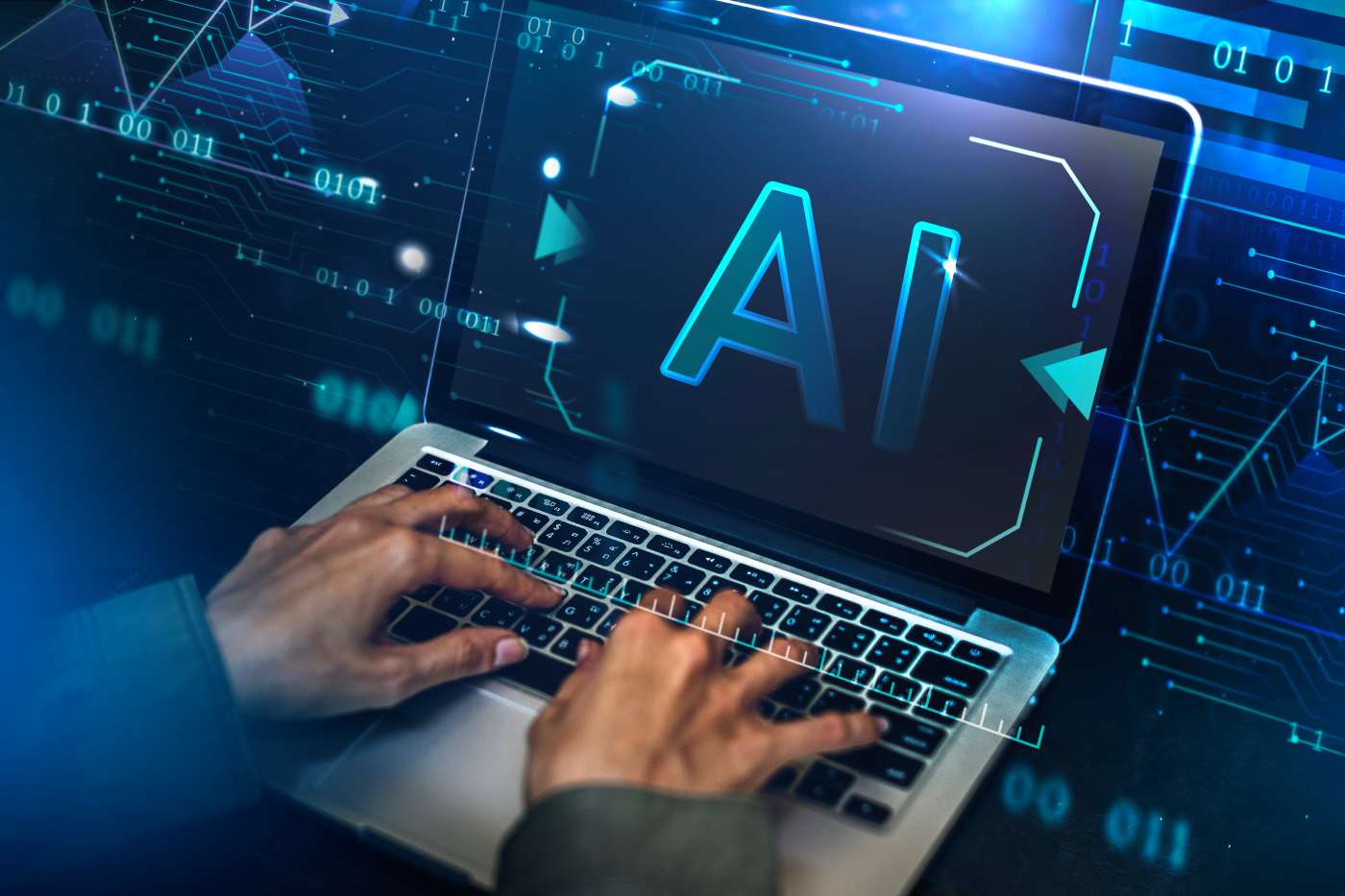After two years of retrenchment, IT industries are showing some signs of resuming the “dynamic role” they played from 1996-2000, according to a report released Tuesday by the U.S. Department of Commerce. Employment growth in IT industries and IT occupations, however, have yet to recover. Digital Economy 2003 is Commerce’s fifth annual report on the […]
Datamation content and product recommendations are
editorially independent. We may make money when you click on links
to our partners.
Learn More
After two years of retrenchment, IT industries are showing some signs of resuming the “dynamic role” they played from 1996-2000, according to a report released Tuesday by the U.S. Department of Commerce. Employment growth in IT industries and IT occupations, however, have yet to recover.
Digital Economy 2003 is Commerce’s fifth annual report on the performance of American industries that produce IT goods and services and the effects of IT on the U.S. economy.
“IT-producing industries are once again at the forefront of national economic growth and, on average, industries and firms that have invested most heavily in IT equipment achieve faster productivity growth than those that do not,” Commerce Secretary Donald L. Evans stated in a letter accompanying the report.
With IT output increasingly concentrated in IT services, Commerce predicts future growth in the IT sector will be “more modest and less volatile than in the past.” The report says computer and semiconductor manufacturers are rebounding from major losses occurred during 2000-2001, but communications equipment makers continue to show signs of weaknesses.
IT job growth and salaries, the report states, remain problematic. Since 2000, the number of workers in IT-producing industries declined by 11.2 percent, as compared to a decline of 2 percent in all private industries. The IT job losses were initially concentrated in manufacturing and low skill occupations, but recent losses have been more widespread across all IT industries and skill levels.
IT salaries also fell 1.3 percent in 2002, the most recent year with available statistics. The average annual wage for workers in the IT industry was $67,440 last year, down from $68,330 in 2001. By contrast, the average annual salary for all private industry workers in 2001 increased 1 percent to $36,520.
“Declining IT investment and retrenchment among IT producers were among the reasons for IT-related job losses throughout the economy,” the report states. “Job losses in the IT-producing sector are part of a larger picture of job losses and slow employment growth economy-wide that has been the conundrum of the post-recession period.”
The report also attributes the IT job losses to “churn” and a trend by “some companies” to move jobs overseas.
“Layoffs in one industry are often offset by new hires in another. Employment in the bioinformatics field is a case in point,” the report says. “Even in the current, relatively slack job market, firms in this field — which merges IT capabilities with life science research and development — continue to seek workers.”
According to Commerce, proof of IT job losses to foreign countries is hard to prove.
“Anecdotal evidence now suggests communications costs and increasing IT skills abroad enable the off-shoring of some services,” the report states. “Many U.S. call centers, for example, are now located in countries like India that have a highly-skilled, English-speaking labor pool. Although there are widely ranging estimates of this phenomenon, hard statistical evidence is lacking.”
-
Huawei’s AI Update: Things Are Moving Faster Than We Think
FEATURE | By Rob Enderle,
December 04, 2020
-
Keeping Machine Learning Algorithms Honest in the ‘Ethics-First’ Era
ARTIFICIAL INTELLIGENCE | By Guest Author,
November 18, 2020
-
Key Trends in Chatbots and RPA
FEATURE | By Guest Author,
November 10, 2020
-
Top 10 AIOps Companies
FEATURE | By Samuel Greengard,
November 05, 2020
-
What is Text Analysis?
ARTIFICIAL INTELLIGENCE | By Guest Author,
November 02, 2020
-
How Intel’s Work With Autonomous Cars Could Redefine General Purpose AI
ARTIFICIAL INTELLIGENCE | By Rob Enderle,
October 29, 2020
-
Dell Technologies World: Weaving Together Human And Machine Interaction For AI And Robotics
ARTIFICIAL INTELLIGENCE | By Rob Enderle,
October 23, 2020
-
The Super Moderator, or How IBM Project Debater Could Save Social Media
FEATURE | By Rob Enderle,
October 16, 2020
-
Top 10 Chatbot Platforms
FEATURE | By Cynthia Harvey,
October 07, 2020
-
Finding a Career Path in AI
ARTIFICIAL INTELLIGENCE | By Guest Author,
October 05, 2020
-
CIOs Discuss the Promise of AI and Data Science
FEATURE | By Guest Author,
September 25, 2020
-
Microsoft Is Building An AI Product That Could Predict The Future
FEATURE | By Rob Enderle,
September 25, 2020
-
Top 10 Machine Learning Companies 2020
FEATURE | By Cynthia Harvey,
September 22, 2020
-
NVIDIA and ARM: Massively Changing The AI Landscape
ARTIFICIAL INTELLIGENCE | By Rob Enderle,
September 18, 2020
-
Continuous Intelligence: Expert Discussion [Video and Podcast]
ARTIFICIAL INTELLIGENCE | By James Maguire,
September 14, 2020
-
Artificial Intelligence: Governance and Ethics [Video]
ARTIFICIAL INTELLIGENCE | By James Maguire,
September 13, 2020
-
IBM Watson At The US Open: Showcasing The Power Of A Mature Enterprise-Class AI
FEATURE | By Rob Enderle,
September 11, 2020
-
Artificial Intelligence: Perception vs. Reality
FEATURE | By James Maguire,
September 09, 2020
-
Anticipating The Coming Wave Of AI Enhanced PCs
FEATURE | By Rob Enderle,
September 05, 2020
-
The Critical Nature Of IBM’s NLP (Natural Language Processing) Effort
ARTIFICIAL INTELLIGENCE | By Rob Enderle,
August 14, 2020
SEE ALL
ARTICLES







